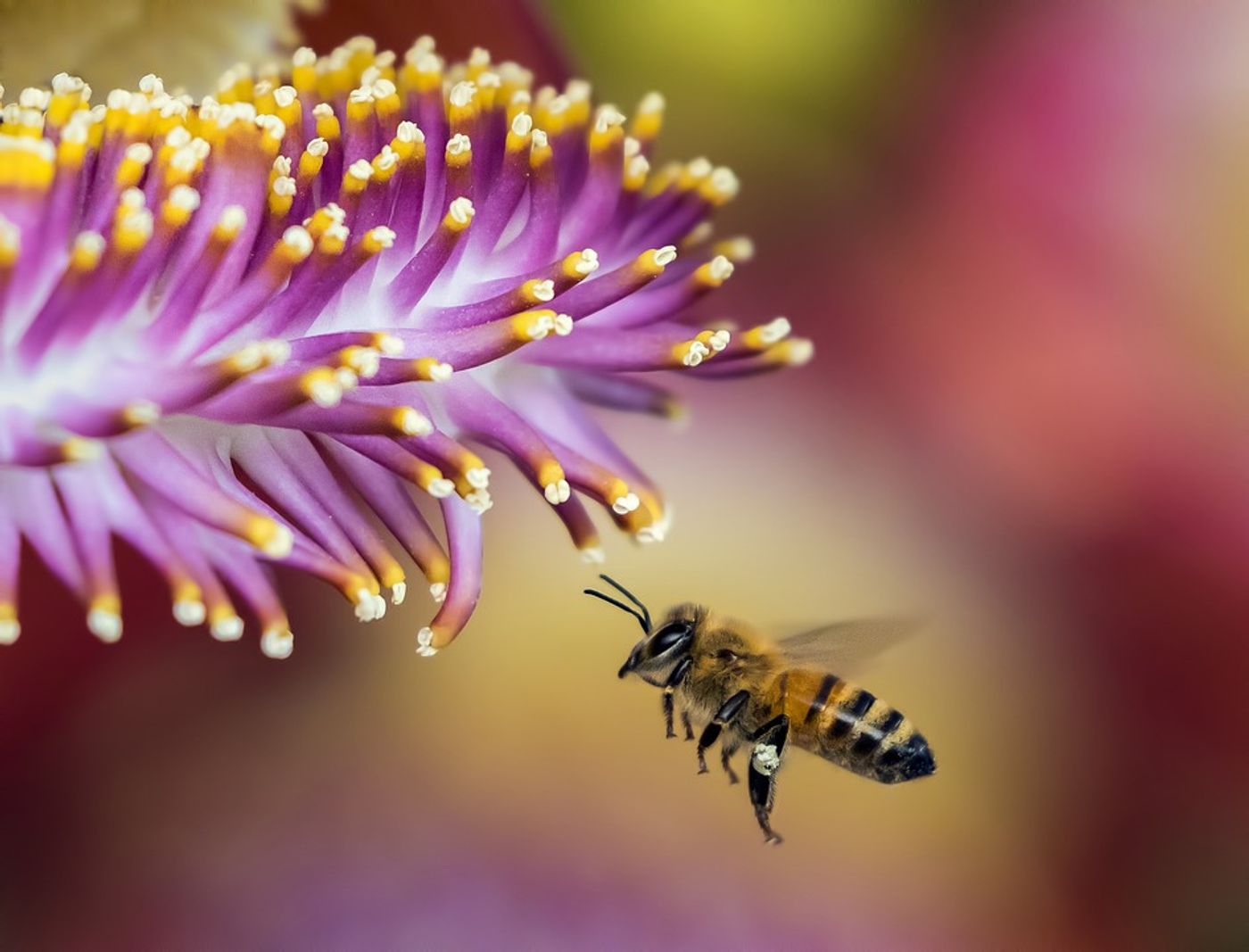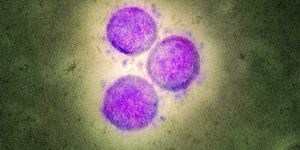Honeybees send chemical messages by dancing
Remember playing telephone as a kid (or an adult)? It always brings a laugh when you try to pass a word or sentence along a row of people and inevitably it ends up getting mangled. Well, according to new research from the University of Colorado Boulder, we aren’t the only species to enjoy this game – honeybees play, too – but maybe more effectively than us. The study, published recently in the Proceedings of the National Academy of Sciences, provides more evidence of the ways that insect colonies work together to achieve complex tasks –in this case, guiding members back to the queen by way of a scent-based communication network.
Such a network, with the goal of reaching the queen, is a testament to her importance in the hive, explain the CU Boulder researchers. "It's very important for the bees to know where the queen is and to stay close to her," said study author Orit Peleg, an assistant professor in the BioFrontiers Institute and Department of Computer Science. As the matriarch of the hive, the queen is the only female able to reproduce.
The researchers investigated the ways that colony members use pheromones, chemical molecules that emit an odor, to communicate. Pheromones are difficult for humans to observe because of their small size. An added challenge is that they dissipate into the air relatively quickly.
However, it is this characteristic that sets up the honeybee phone-tree. When the queen sends out a pheromone signal, those close to her pass the signal along to other bees, with the result being a message that collectively spans the range of the whole colony. "It almost resembles a telecommunications network where you have antennas that are talking to each other and amplifying the signal so that it can reach farther away," Peleg said.
As the researchers observed, the bees do this by exhibiting a scenting behavior, positioning their rears into the air and beating their wings. "When they fan their wings, they're drawing air over their pheromone glands, blowing those molecules away," Peleg said. "The signal is broadcasted in a particular direction, and that direction tends to be away from the queen.”
Also noteworthy, says lead author Dieu My Nguyen, is that the bees seem to position themselves evenly across an arena when exhibiting this behavior. "The distances between the scenting bees were very uniform," said Nguyen. "That suggests that there is some sort of concentration threshold over which pheromones are detectable and that the bees were responding to that."
The researchers say their findings leave them with more questions about bee communication as well as inspiration for designing more efficient telecommunications networks for humans. "There are many examples of animals, like ants, who lay pheromones in their environments," Peleg exclaims. "But those pheromones just disperse passively by the laws of physics. Here, the bees are actively directing that signal!"
Sources: PNAS, Eureka Alert









